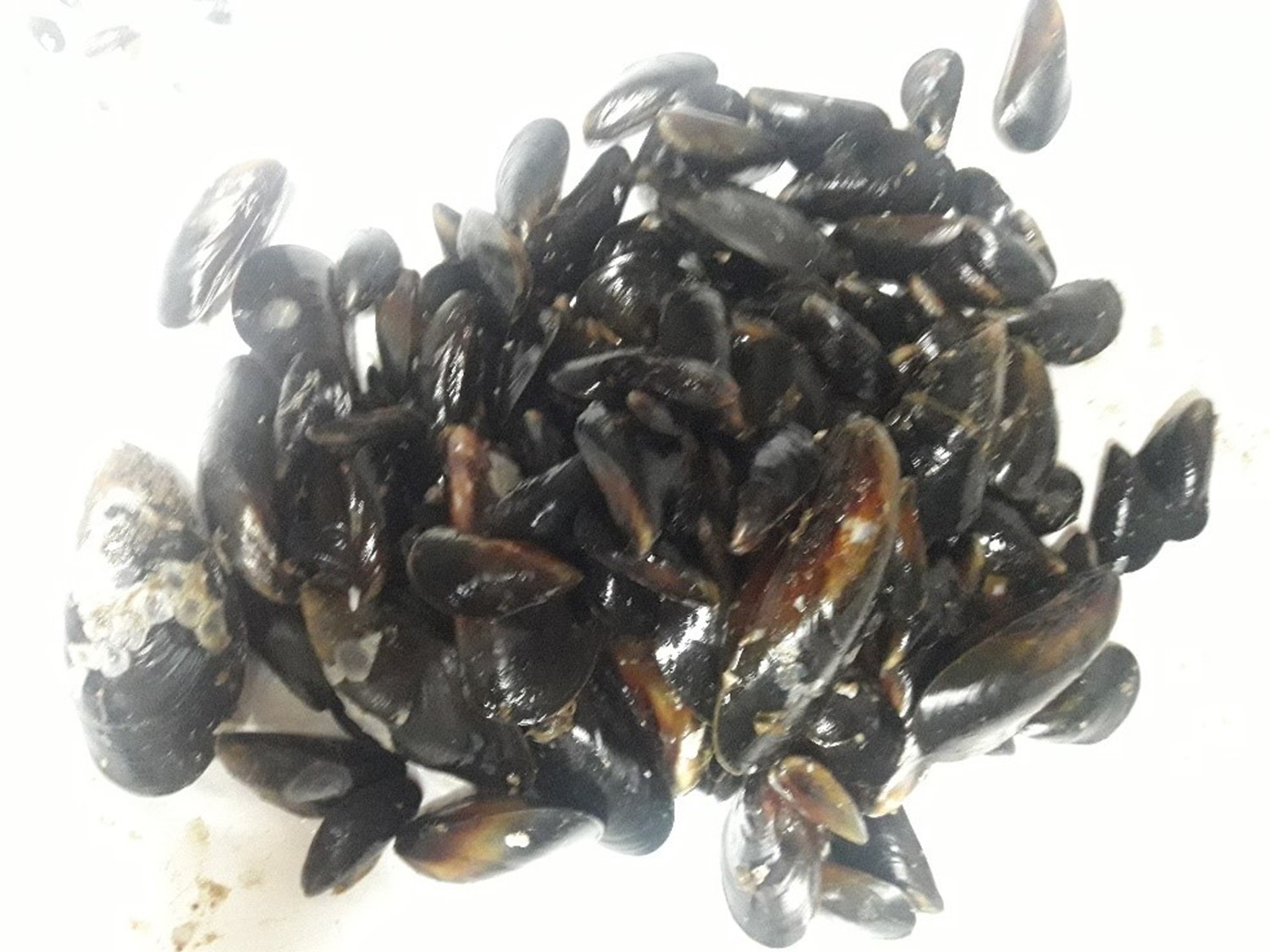Commercial salmonid farming is typically performed in open-water net cages where interactions between the environment and production unit might be widespread and not easily predicted or controlled.
Open water Integrated Multitrophic Aquaculture with the co-cultivating of fish and mussels to mitigate the environmental impact from fish farming has been explored for decades, but the concept is not widely adopted in the fish farming industry.
A research paper has just been published in the scientific journal "Frontiers of Marine Science" by researchers from Fiskaaling, in collaboration with Hiddenfjord, DTU Aqua, and the Scottish Association for Marine Science (SAMS). In the paper, the mitigation potential by farming blue mussels around a commercial fish farm was modelled.
When the blue mussels were deployed from 0-10 m depth next to the fish farm and the assimilation of waste particles was modelled under the actual circumstances at the fish farm the mitigation potential was extremely small. Even when the modelled parameters on current speed, blue mussel density and settling velocity of the fish farm waste were optimally adjusted, the mitigation potential by this method was still small although somewhat higher.
The article is part of the research projects AquaVitae and SureAqua.
Links to the article and more information on research in the projects are below.
Read more:
Blue mussel spat availability and settlement on longlines in a Faroese fjord


